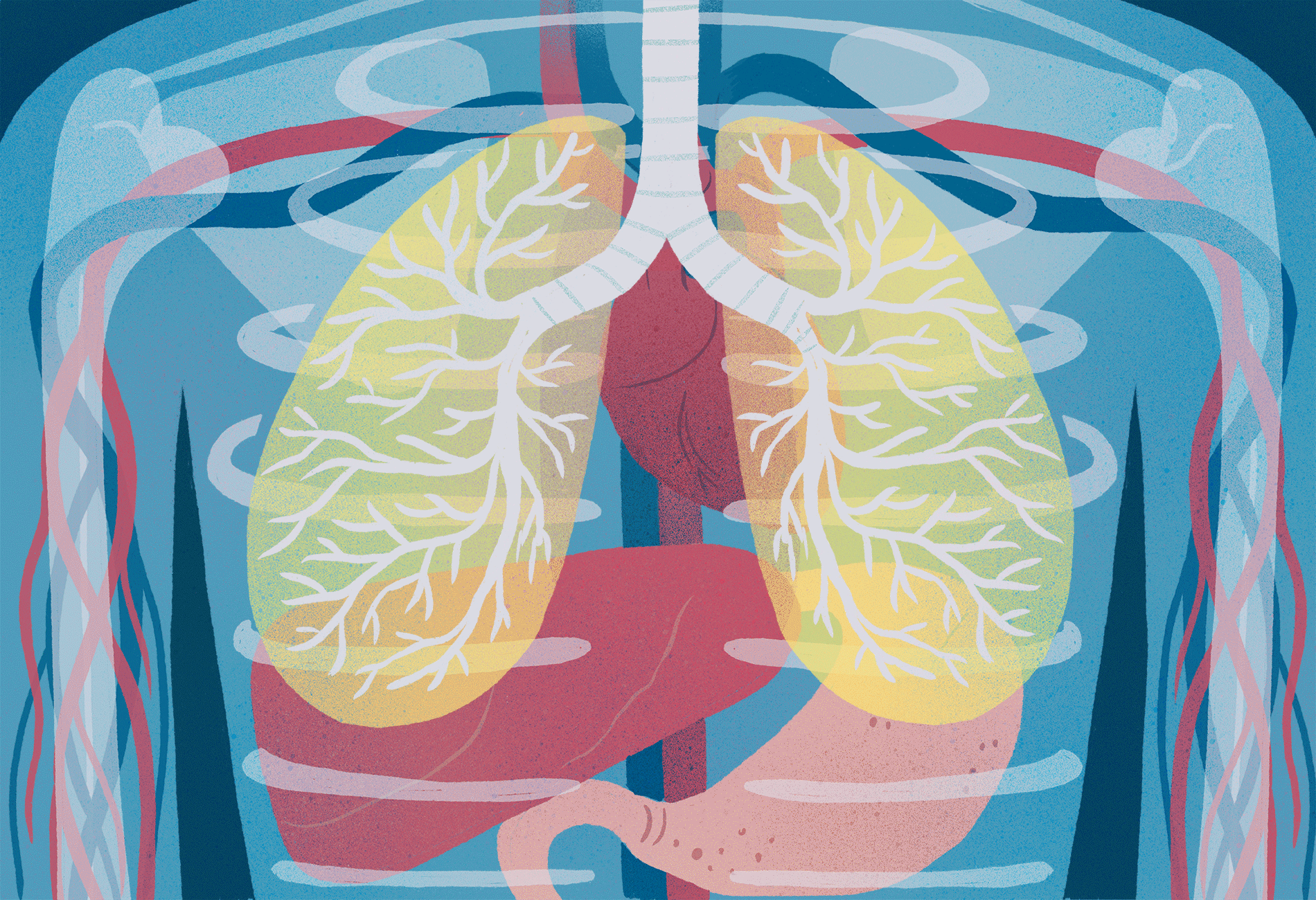A
loud, unexpected gurgle from your stomach, an uncontrollable urge to yawn, a galloping heartbeat before a big presentation. These disparate bodily activities — digestion, sleep, stress — all come under the purview of your autonomic nervous system, a network of nerves and fibers that extends to almost every organ in your body.Like the autopilot in an airplane, this system constantly makes subtle adjustments to your physiology in response to your surroundings. If you confront danger, the ‘sympathetic’ arm of the system revs up your circulation to prepare you to fight or take flight. By contrast, when you need to rest or digest, the ‘parasympathetic’ branch kicks in, relaxing your organs and muscles.
The wrong response, meanwhile, can have serious consequences. If your body stays primed to face danger for too long, for example, the familiar may seem frightening. Remaining in this state can also lead to anxiety, problems with social interactions and sleep, even heart and digestive troubles.
These conditions are all associated with autism, and so — no surprise — the idea that the autonomic nervous system is intricately involved in autism has caught the attention of a number of researchers. There is even some evidence that autistic people have trouble anticipating changes in their environment and are less likely to habituate to background sounds or repeated events. “There are a lot of reasons to believe that individuals with autism experience the world in a less predictable and more overwhelming way,” says Matthew Goodwin, an experimental psychologist at Northeastern University in Boston, Massachusetts.
Goodwin became interested in the autonomic nervous system as an undergraduate student in the late 1990s. At the time, he was exploring whether people with autism experience stress more often or more acutely than typical people do. “The task that I was put forth was: ‘How do we measure stress?’” he says.
At first, Goodwin set out to understand how autistic people respond to everyday stressors, such as a loud noise. But some of his participants were minimally verbal and could not readily express how they felt. So he decided to collect their physiological measurements as well.
The work was slow-going. The participants often had unexpected meltdowns, throwing off all of the data Goodwin had collected in a session. But as he paired videos of these episodes with the physiological measurements, he began to realize that his problem presented an opportunity: Just seconds before an autistic participant had an outburst, their physiology also changed. “It’s been my crusade” ever since, he says, to try to predict behavior based on these shifts.
Goodwin is one of several researchers studying autonomic function in autistic people. Their preliminary findings suggest that there are compelling differences, particularly in the variation in heart rate, between autistic people and their neurotypical peers, but the reasons for those differences are still unclear. It might be that the fraught way in which some autistic people experience the world shapes their autonomic nervous system to be less flexible than usual, and to linger in a high-stress state.
But there could be a deeper connection between the system and autism, too: Autonomic dysfunction might give rise to many traits associated with the condition. A lack of flexibility in how the body regulates physiological states could explain many autism traits — including social challenges, emotional outbursts, sensory sensitivities, restricted and repetitive behaviors and speech-processing difficulties, argues Stephen Porges, professor of psychiatry at University of North Carolina at Chapel Hill.
Although his theory is not widely accepted, “from my perspective, it requires a total reconceptualization of what the disorder is,” Porges says. “There has to be an understanding that much of the behavior that we’re calling autism is really due to the body of the individual being in a state of defense.”








